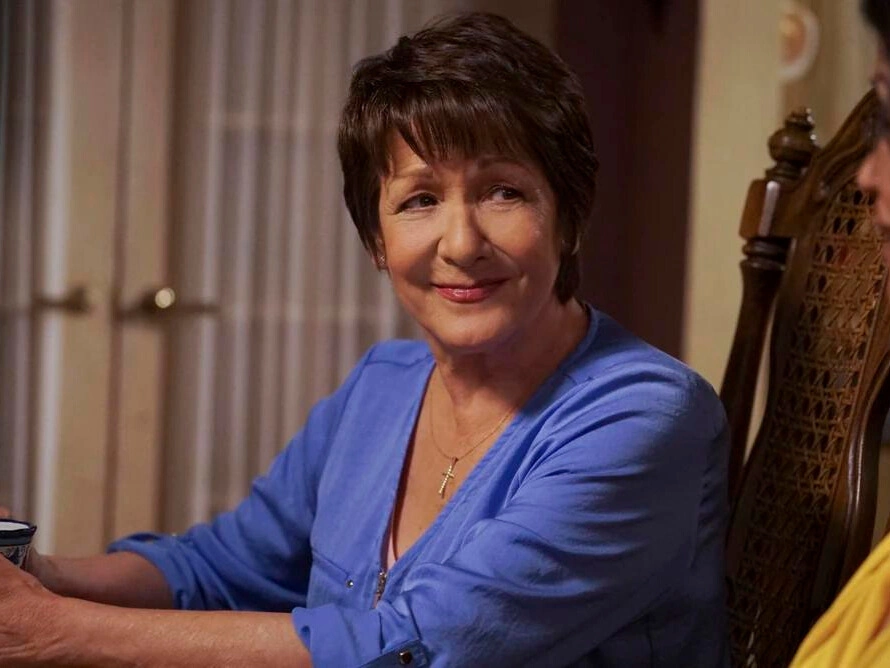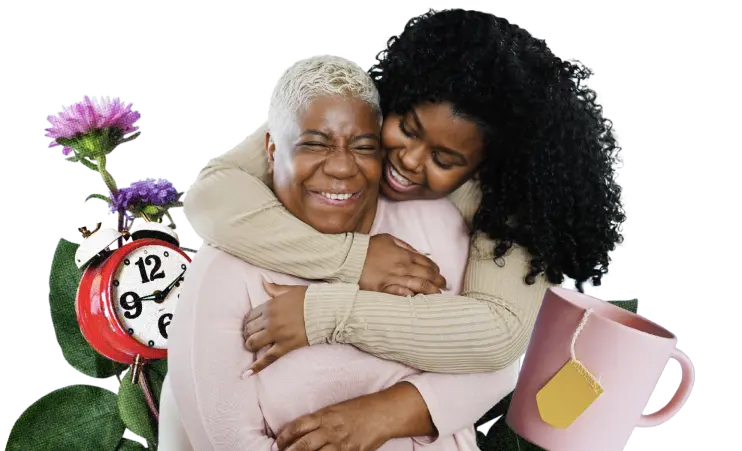
Demand for care work is rising exponentially in the U.S., but the professionals who do it are largely invisible in our culture – less than 1% of characters on TV in 2021 were identified to be care workers. And, for over a century, of all the domestic worker sectors, home care workers have been the least mentioned in film or TV stories.
High demand, no content – sounds like a hole in the market waiting to be filled!
Story Sparks
- Roger has been Katsurō’s care worker for many years. Among other things, Katsurō has taught Roger how to make a crisp hospital corner and Roger, a former cruise director, has taught Katsurō how to make a towel swan. Despite coming from very different cultural backgrounds, they have a very close friendship and a lot of fun together.
- Dev works in the home of Ara but also cares for his aging mother Anushka, who lives with him in a Painted Lady Victorian home in San Francisco. Because of their immigration status, Dev’s not eligible to earn Social Security.
- Kassie runs a child care center in Chicago, trying to balance paying her employees well and keeping rates affordable for the families who depend on them. (The start of a workplace sitcom? Dramatic thriller? You decide!)
- Pili drives for a service that provides local transportation for older adults. As they motor through town, they sing their favorite BTS hits. Their harmonies are tight.
AVOID THE PITFALL:
Stories that show care workers taking advantage of their clients or their homes can have damaging effects on real life care workers’ ability to gain and maintain employment. A client’s home is a care worker’s place of work, and care workers are professionals. (And if someone loves to rock leopard print scrubs, who are we to judge?)
For more on care worker representation, visit the National Domestic Workers Alliance guide to “Spotlighting Domestic Workers.”
A quick note: scenarios described here are generalized from information that Caring Across Generations has collected through focus groups, polling, and other research. They are generalized scenarios and are not any one individual’s story, and they are not meant to be comprehensive of all experiences having to do with care. This resource is intended to illuminate new storytelling opportunities that also contribute to a more authentic and holistic representation of care on screen.
